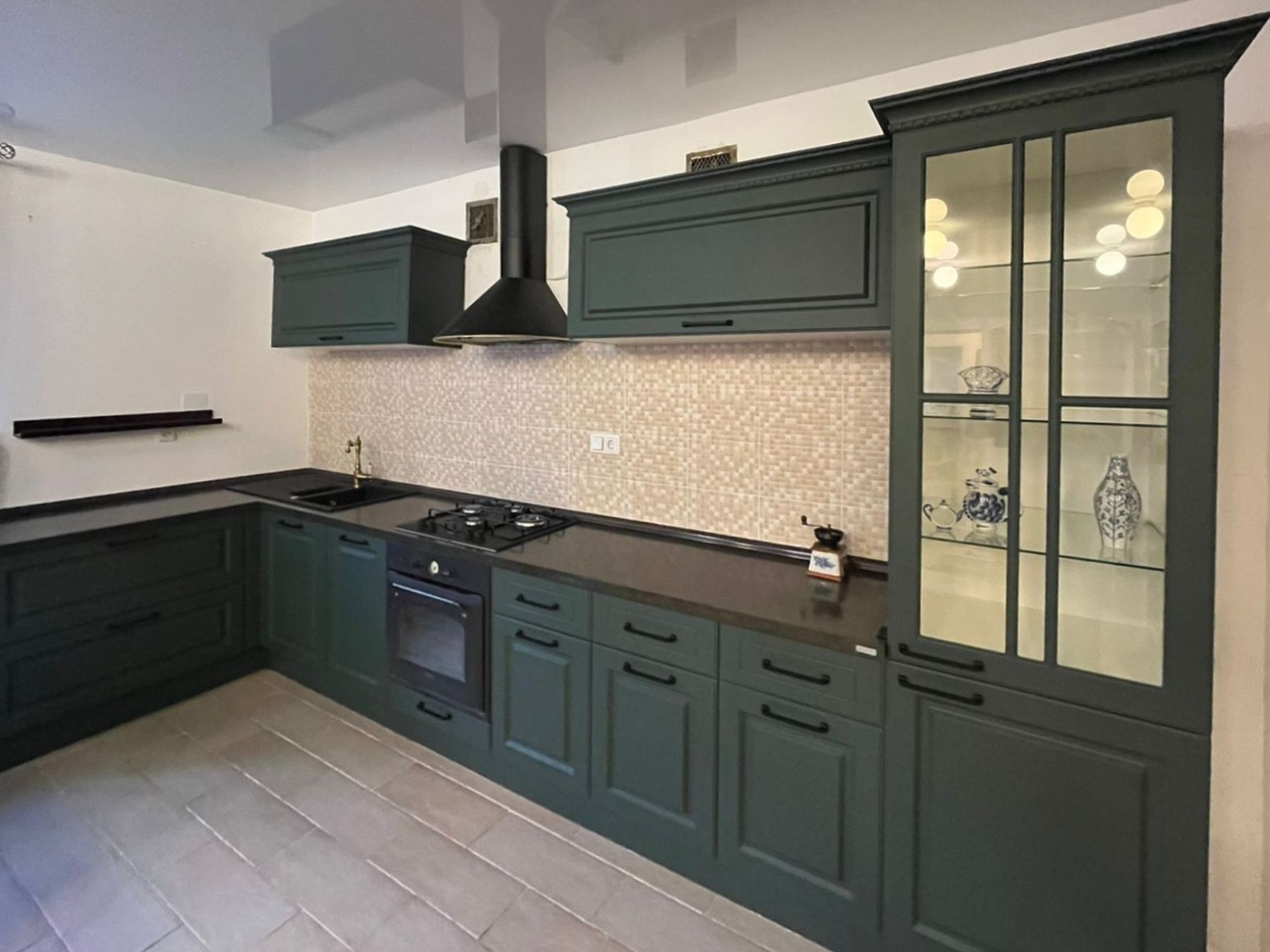
Culinary Spaces Reimagined
The Evolution of the Kitchen
In the past, kitchens were often tucked away, functional spaces solely intended for food preparation. However, the role of the kitchen has dramatically transformed. Today's culinary spaces have become the heart of the home, where cooking is just one of many activities that take place. This reimagined space combines functionality with aesthetic appeal and social interaction, leading to open-plan designs that encourage family gatherings and entertainment.
Integrating Technology
Modern culinary spaces are packed with innovative technology that makes cooking more efficient and enjoyable. From smart refrigerators that can remind you to stock up on groceries, to ovens that can be controlled via smartphones, kitchens are becoming more connected than ever. This technology integration not only enhances the practical aspects of cooking but also adds to the sleek design of modern kitchens.
Material and Texture Play
The choice of materials and textures in a kitchen can greatly influence its ambiance. Reimagined culinary spaces often feature a mix of classic and modern materials, such as the warmth of wood combined with the industrial feel of metal and concrete. This blend creates a captivating aesthetic that also offers durability and ease of maintenance, catering to the tastes of both traditionalists and modernists.
Space Utilization and Efficiency
Creative space utilization is a key element in reimagined culinary spaces. With the rise of urban living and smaller living spaces, there is a greater need for efficiency. Innovative storage solutions and multi-functional furniture ensure that every inch of space is utilized. Movable kitchen islands, hidden appliances, and wall-mounted accessories are just some of the ways in which modern kitchens make the most of limited space.
Sustainability and Environmental Consciousness
Environmental consciousness is also a significant factor in the design of contemporary kitchens. Use of eco-friendly materials, energy-efficient appliances, and waste-reduction principles are increasingly common. Homeowners are prioritizing sustainability not only for the health of the planet but also for the wellness of their own families, resulting in a marked preference for green options in culinary spaces.
The Social Kitchen
Perhaps the most profound change in culinary space design is the emphasis on the kitchen as a social hub. Open-plan layouts that merge kitchens with living and dining areas foster a communal environment where the act of cooking is shared and celebrated. This has led to the inclusion of features such as larger seating areas, built-in bars, and even integrated entertainment systems, transforming the kitchen from a solitary workspace into a locus of social interaction.
Conclusion
The reimagining of culinary spaces reflects the dynamic changes in how we view food, cooking, and social interaction within our homes. These spaces are no longer just about preparing meals but are a statement of personal style, technological innovation, and a commitment to sustainability. As we continue to redefine what a kitchen can be, we can expect these multifaceted spaces to evolve even further, blurring the lines between functionality and artistry.
``` This text provides a structured HTML format, with headings and paragraphs arranged to present a comprehensive view on the topic of culinary space redesign.